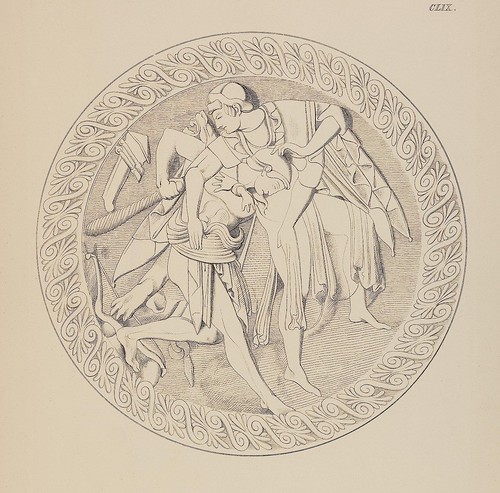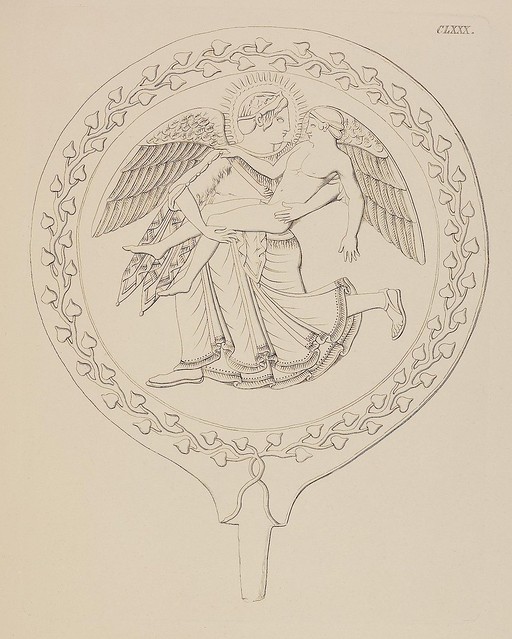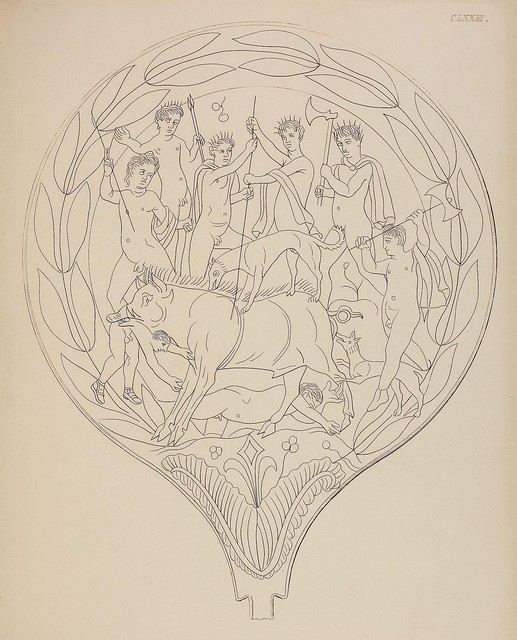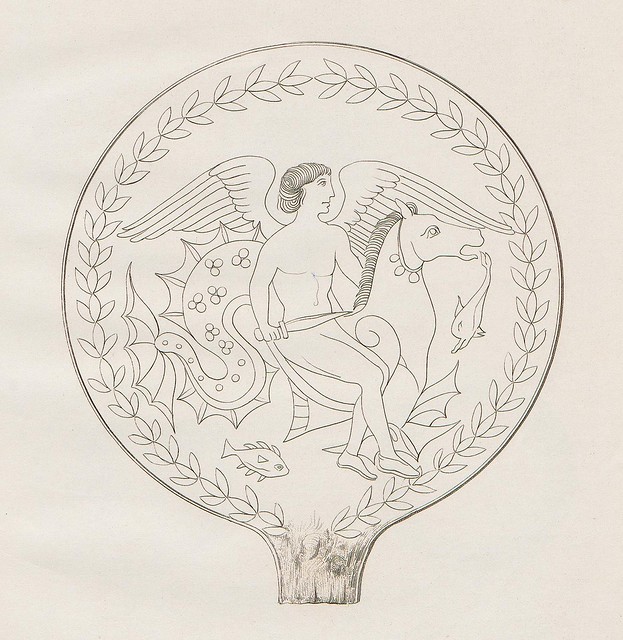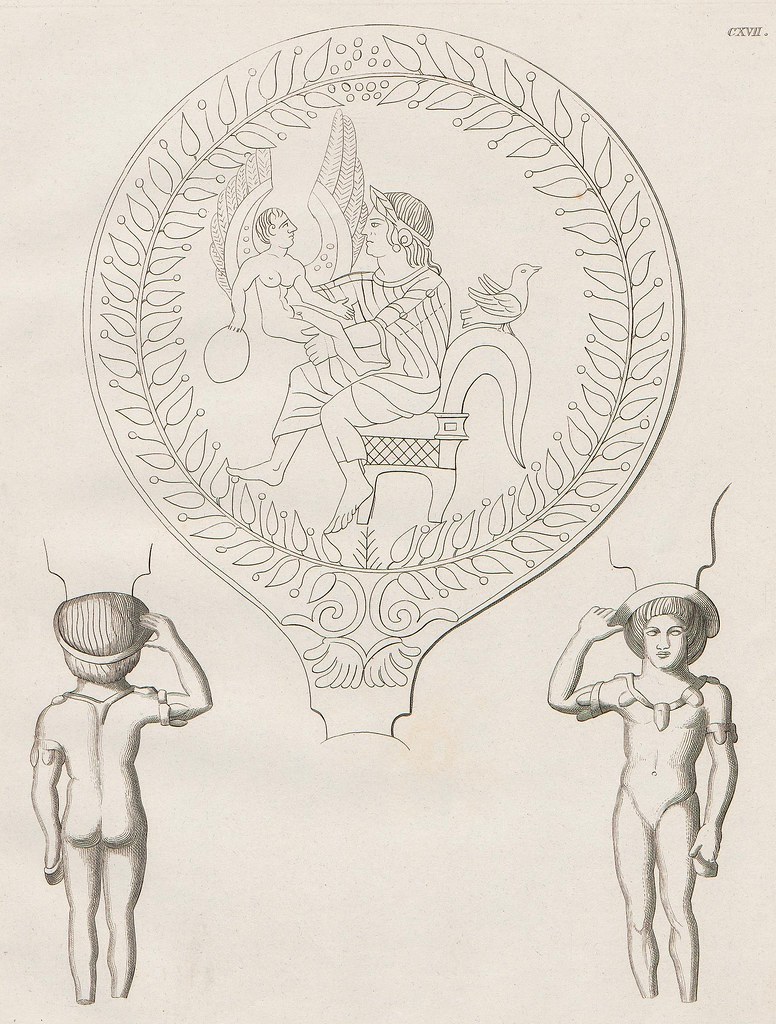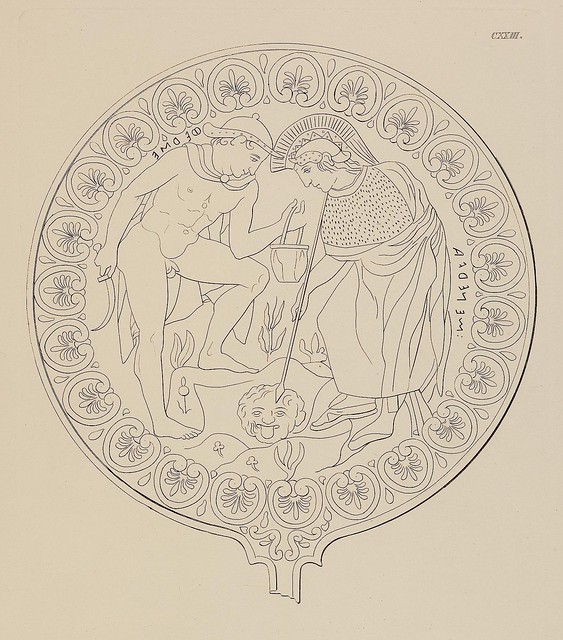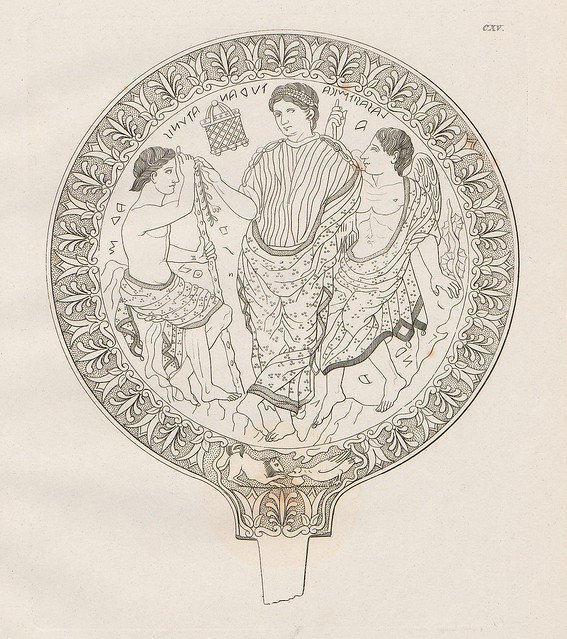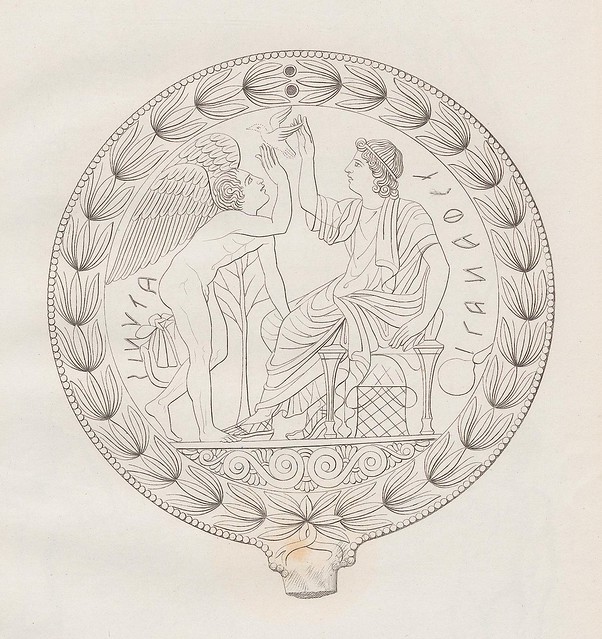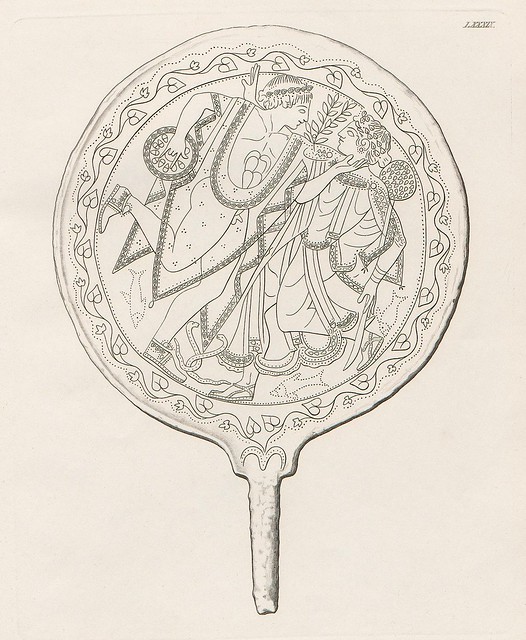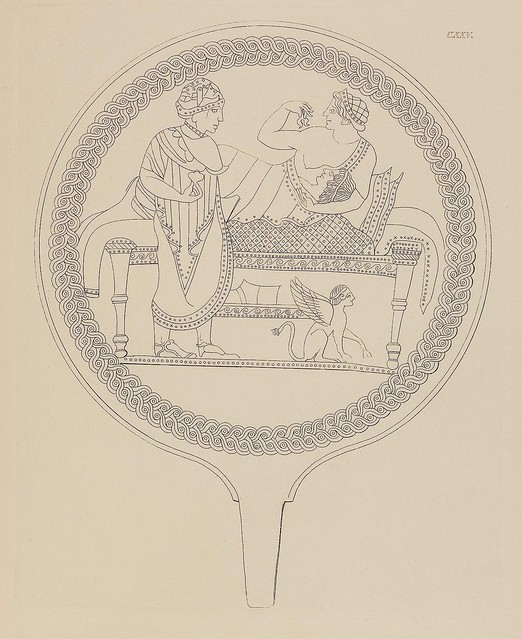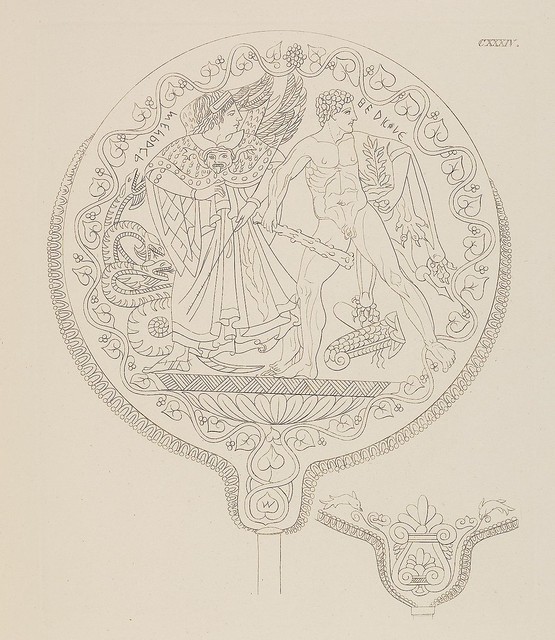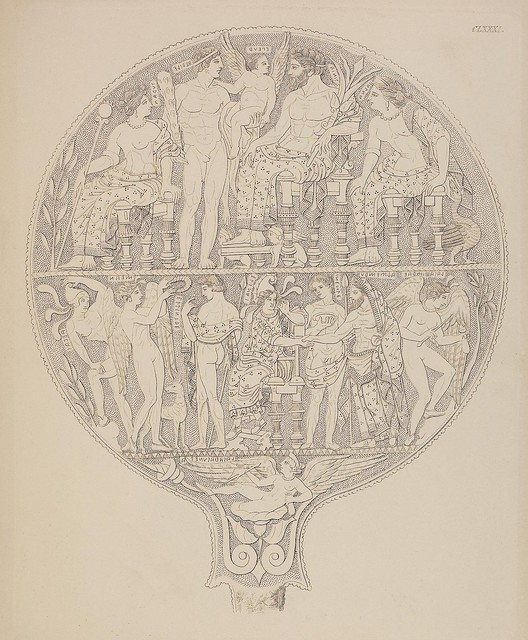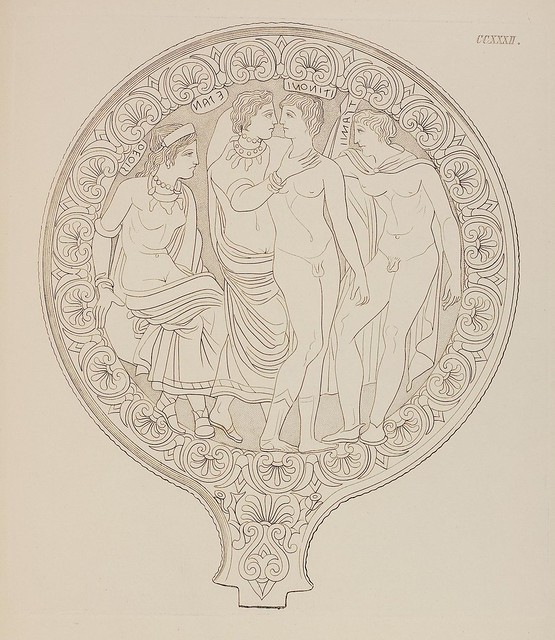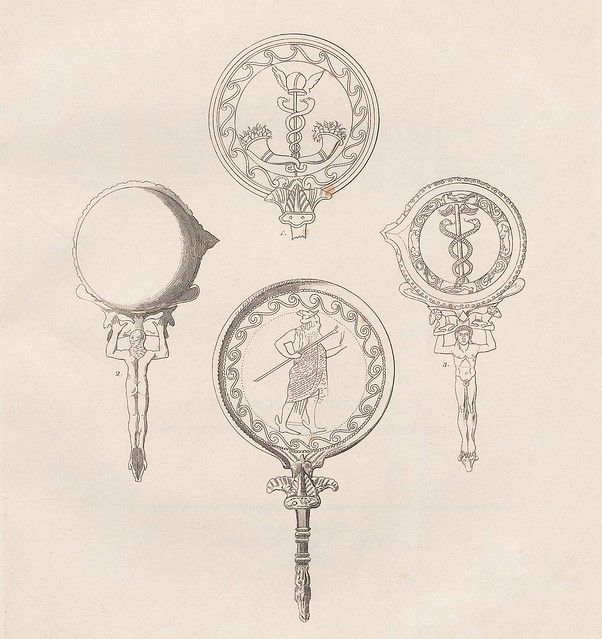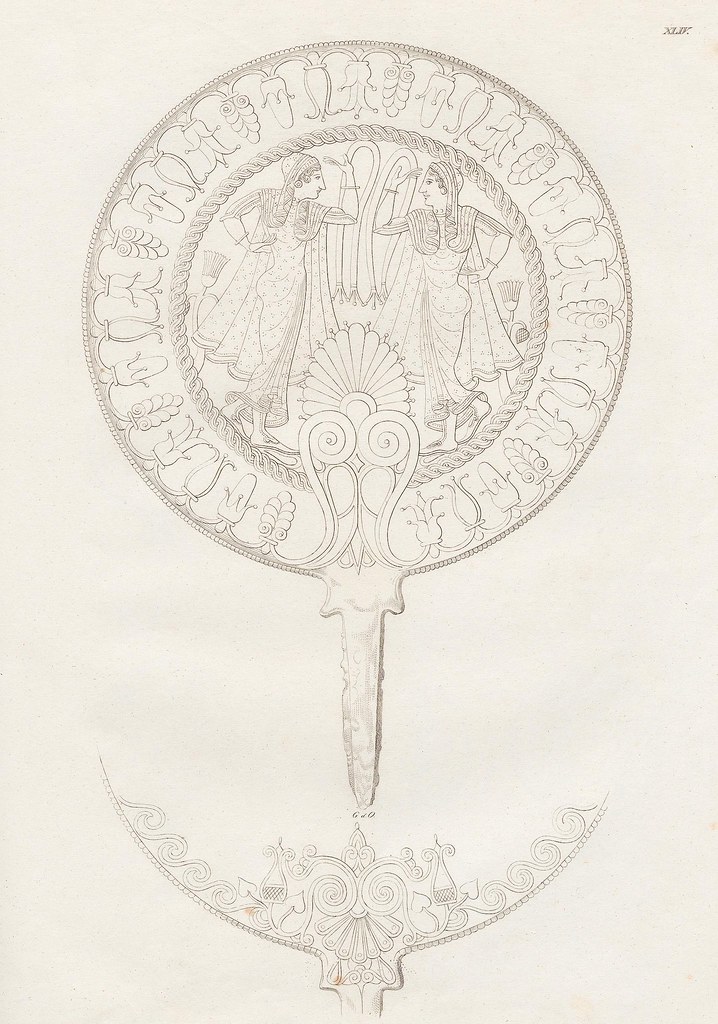"I believe that humanity is on the road to abolishing the mistreatment of animals, but when it finally makes it into legislation, there will not be any animals left in the wild to protect." [Professor Jordi Sabater Pi (1922-2009)]
Sabater Pi was one of the founding fathers of ethology* and primatology in Spain. He was also one of the original pioneers in chimpanzee and gorilla field studies. He lived in Africa for thirty years, and his works, published in a number of popular science books and journals, and his beautiful drawings, give us a profile of this great naturalist. [paraphrased from here]

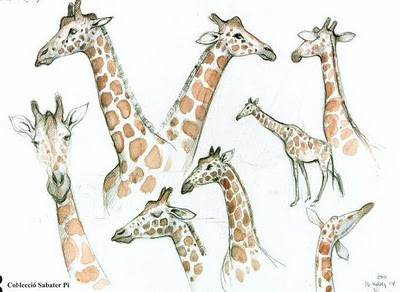








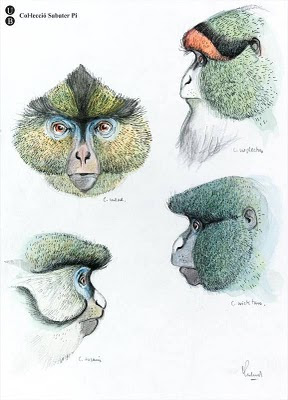

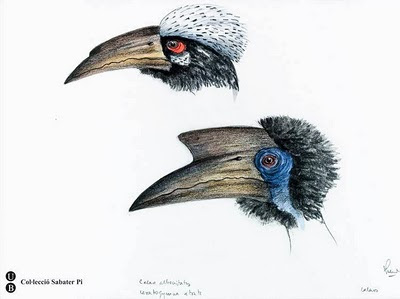



"Born in Barcelona, Jordi Sabater Pi (1922-2009) became a specialist in the study of ethology and anthropology during the period of his life between 1940 and 1969, when he conducted field research in Equatorial Guinea and came to be considered a world authority on the study of primates in their natural habitat, of amphibians and of some African birds.
His discovery of chimpanzee cultures living in the Okorobiko mountains in Equatorial Guinea and their use of sticks to create a basic form of community industry, of the giant frog Conraua goliath in the waterfalls of the river Mbia and of the rare honeyguide bird Melichneutes robustus are some of his more celebrated research accomplishment; and of course he is also known for his work in having brought the albino gorilla known as Snowflake to Barcelona Zoo [see embedded video below].
Upon his return to Barcelona, Sabater Pi read Psychology and from 1977 began to teach at the University of Barcelona, where his research and findings in ethology became nationally acclaimed. Professor Emeritus at the University of Barcelona since 1987, Sabater Pi is also doctor honoris causa by the Autonomous University of Barcelona and the Autonomous University of Madrid, and can count amongst his many honours the Catalan Foundation for Research Prize (1991), the Gold Medal for Scientific Achievement at the Barcelona City Council (1996), the Narcís Monturiol Medal for Scientific and Technological Achievement of the Generalitat of Catalonia (2004) and the Gold Medal of the University of Barcelona (posthumously)." [source]
"The Sabater Pi Collection, located at the Barcelona Science Park, contains documents summarizing the scientific and graphic work of Jordi Sabater Pi, Professor Emeritus at the University of Barcelona.
The collection essentially consists of books and journals on topics related to ethology, primatology and anthropology, although other documents on botany, history, geography and psychology can also be found. In total, The Sabater-Pi Collection includes more than 5,500 handwritten documents comprising numerous letters from Sabater Pi’s scientific correspondence with such figures as James P. Chapin, Arthur Riopelle, Desmond Clark and Harry L. Shapiro, postcards, articles, and texts of various kinds.
The collection is also a homage to Sabater Pi’s accomplishments as a scientist and draughtsman, including more than 2,000 of his splendid drawings, watercolours and sketches of animals in motion, vegetation and portraits of the human face, of which his field notebooks are also full." [source]
- The most direct link to the sketch books of Sabater Pi from the University of Barcelona within the Memòria Digital de Catalunya --- the images above were taken from the sets towards the bottom of the page; note that the first couple/few of links in the collection are actually - firefox browser paralysing - PDFs.
- The University of Barcelona's Virtual Museum has a collection of 75 images from the Sabater Pi collection: something of an overview of the sketch albums, but with additional paraphernalia.
- The quotes up top come from'Mind, Life and Universe: Conversations with Great Scientists of Our Time', 2007.
- Wikipedia: Sabater Pi | Ethology | Primatology
- El Cervell Social - [Castellano y Català] - I don't understand this well but it's a site from the Neuroscience dept. at the University of Barcelona [in Flash] and includes primate video. Obviously there's much more around online in Spanish for anyone interested.
- The video below is of Snowflake, the albino gorilla discovered by Sabater Pi.
